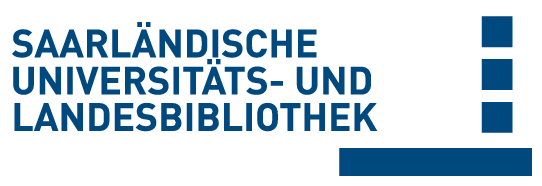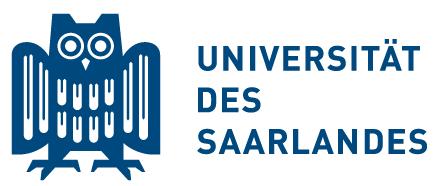Please use this identifier to cite or link to this item:
doi:10.22028/D291-35473 | Title: | Application of Alginate Hydrogels for Next-Generation Articular Cartilage Regeneration |
| Author(s): | Liu, Wei Madry, Henning Cucchiarini, Magali |
| Language: | English |
| Title: | International Journal of Molecular Sciences |
| Volume: | 23 |
| Issue: | 3 |
| Publisher/Platform: | MDPI |
| Year of Publication: | 2022 |
| Free key words: | alginate hydrogel cell therapy gene therapy scaffold-guided gene transfer cartilage regeneration |
| DDC notations: | 610 Medicine and health |
| Publikation type: | Journal Article |
| Abstract: | The articular cartilage has insufficient intrinsic healing abilities, and articular cartilage injuries often progress to osteoarthritis. Alginate-based scaffolds are attractive biomaterials for cartilage repair and regeneration, allowing for the delivery of cells and therapeutic drugs and gene sequences. In light of the heterogeneity of findings reporting the benefits of using alginate for cartilage regeneration, a better understanding of alginate-based systems is needed in order to improve the approaches aiming to enhance cartilage regeneration with this compound. This review provides an in-depth evaluation of the literature, focusing on the manipulation of alginate as a tool to support the processes involved in cartilage healing in order to demonstrate how such a material, used as a direct compound or combined with cell and gene therapy and with scaffold-guided gene transfer procedures, may assist cartilage regeneration in an optimal manner for future applications in patients. |
| DOI of the first publication: | 10.3390/ijms23031147 |
| Link to this record: | urn:nbn:de:bsz:291--ds-354739 hdl:20.500.11880/32405 http://dx.doi.org/10.22028/D291-35473 |
| ISSN: | 1422-0067 |
| Date of registration: | 17-Feb-2022 |
| Faculty: | M - Medizinische Fakultät |
| Department: | M - Orthopädie |
| Professorship: | M - Prof. Dr. Henning Madry |
| Collections: | SciDok - Der Wissenschaftsserver der Universität des Saarlandes |
Files for this record:
| File | Description | Size | Format | |
|---|---|---|---|---|
| ijms-23-01147-v2.pdf | 5,77 MB | Adobe PDF | View/Open |
This item is licensed under a Creative Commons License


